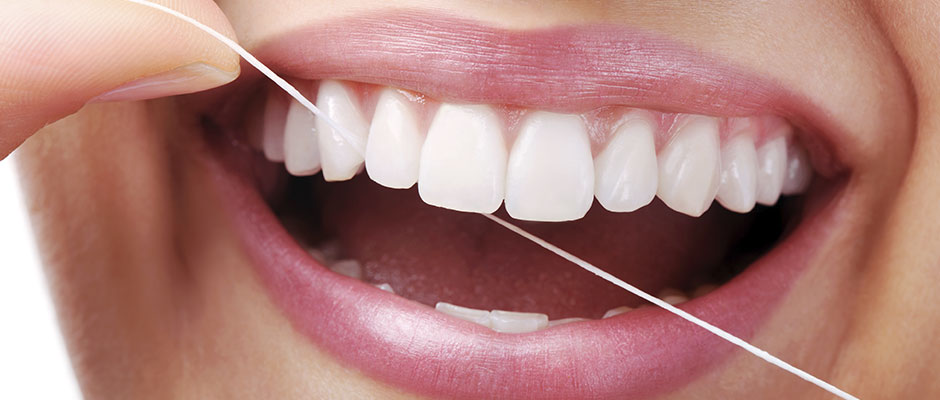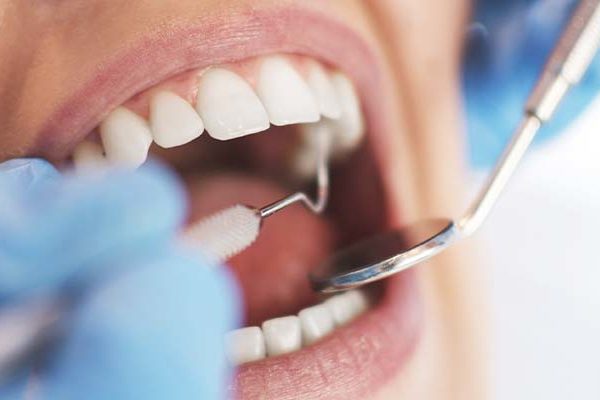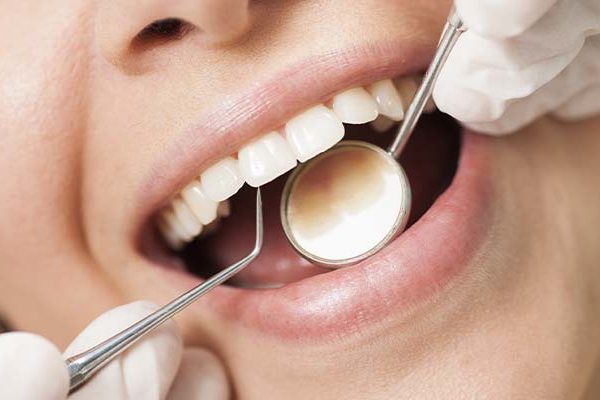Are you one of those people who only floss is when you know you’re about to visit the dentist, or whenever you have something stuck in between your teeth? We know a lot of people don’t floss regularly but it’s definitely a habit we like to encourage here at Tsawwassen Place Dental.
You should floss once a day and it’s important to make this part of your regular oral hygiene routine.
When properly done, flossing will help prevent tooth decay and gum disease, ensuring your smile will continue to look fabulous and free from disease in between your dental visits. Regular flossing can do a great deal for your dental health and it’s not just about removing something stuck in between your teeth.
Why Do We Need to Floss?
When you floss once-a-day, you remove a sticky layer of plaque that gradually builds up over your tooth surfaces as the day progresses. At the end of the day, before you clean your teeth, you can probably feel this layer simply by running your tongue over your teeth. Plaque biofilm contains bacteria and every time you eat something the bacteria thrive on leftover food particles, creating toxins and acids that can infect and inflame your gums.
Any plaque that remains on your teeth after brushing and flossing soon hardens into calculus or tartar. This frequently builds up in between teeth and around your gum line, and the bacteria in calculus will continue to infect your gums. Calculus is the hard substance that is scaled or scraped away by a hygienist as it cannot be removed by a toothbrush or by dental floss.
Some people may think it’s enough just to brush their teeth, but your toothbrush bristles cannot get right in between each tooth and this is the very area where plaque builds up.
Flossing Properly
To floss properly, you need a good technique and you also need to use a piece of dental floss about 30 cm long. You can easily control this length of dental floss by winding most of the floss around one of your middle fingers and the other end around your other middle finger. This allows you to wind on the floss once you’ve cleaned in between a tooth, ensuring each tooth gets a nice fresh clean piece of floss.
Otherwise, if you floss with the same section then you are simply removing plaque from one area to redeposit it into another area. When flossing, gently slide the floss in between the tooth taking just down below the gum line.
Using your thumbs and forefingers to manipulate the floss, hold it against the tooth so it forms a C shape and gently slide the floss up and down to remove the maximum amount of plaque. Use the same technique to clean the tooth on the other side of the dental floss before removing it, winding it on so you can begin to clean the next tooth.
Alternatives to Flossing
We can also help you if you simply cannot get on with dental floss or don’t have sufficient dexterity to use it properly. There are alternatives to try and which can be very effective.
These include interdental brushes that are tiny Christmas tree shaped brushes designed to fit in between your teeth. They are very easy to manipulate and come in various widths. Another option is to think about using a water flosser which is an electric device designed to squirt pressurised water in between your teeth.
Remember, if you’d like some help improving your flossing technique or advice on alternatives to flossing then just ask our friendly dental team next time you come to visit Dr. Tom Greene or Dr. Sarah Harland for your checkup.
* Source: Canadian Health Measures Survey canada.ca





